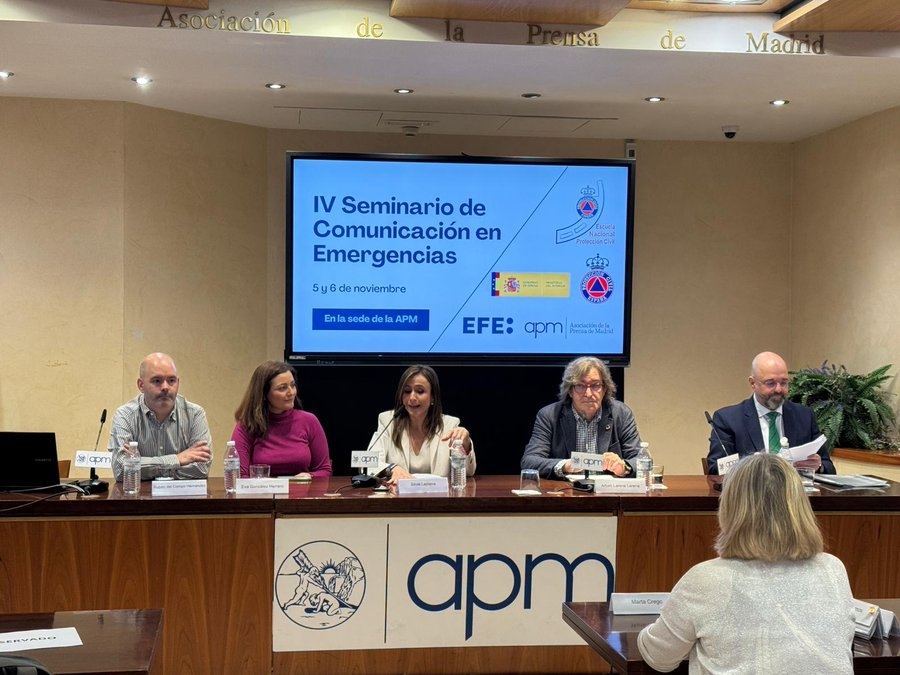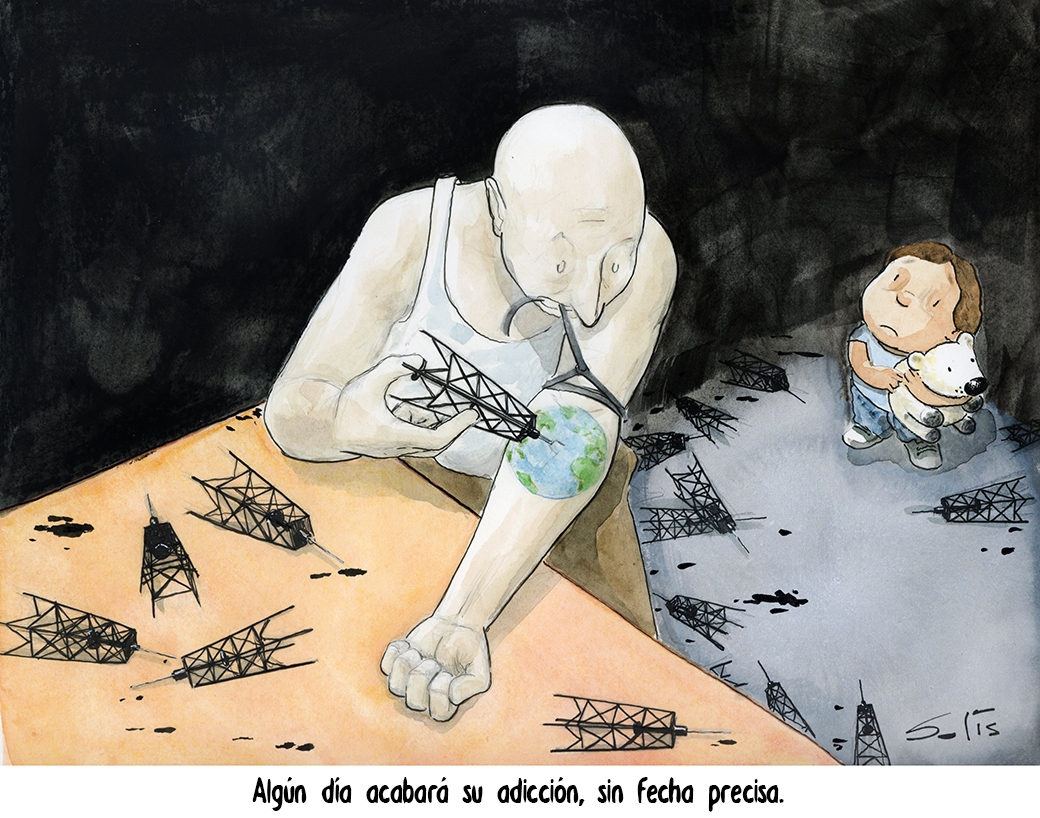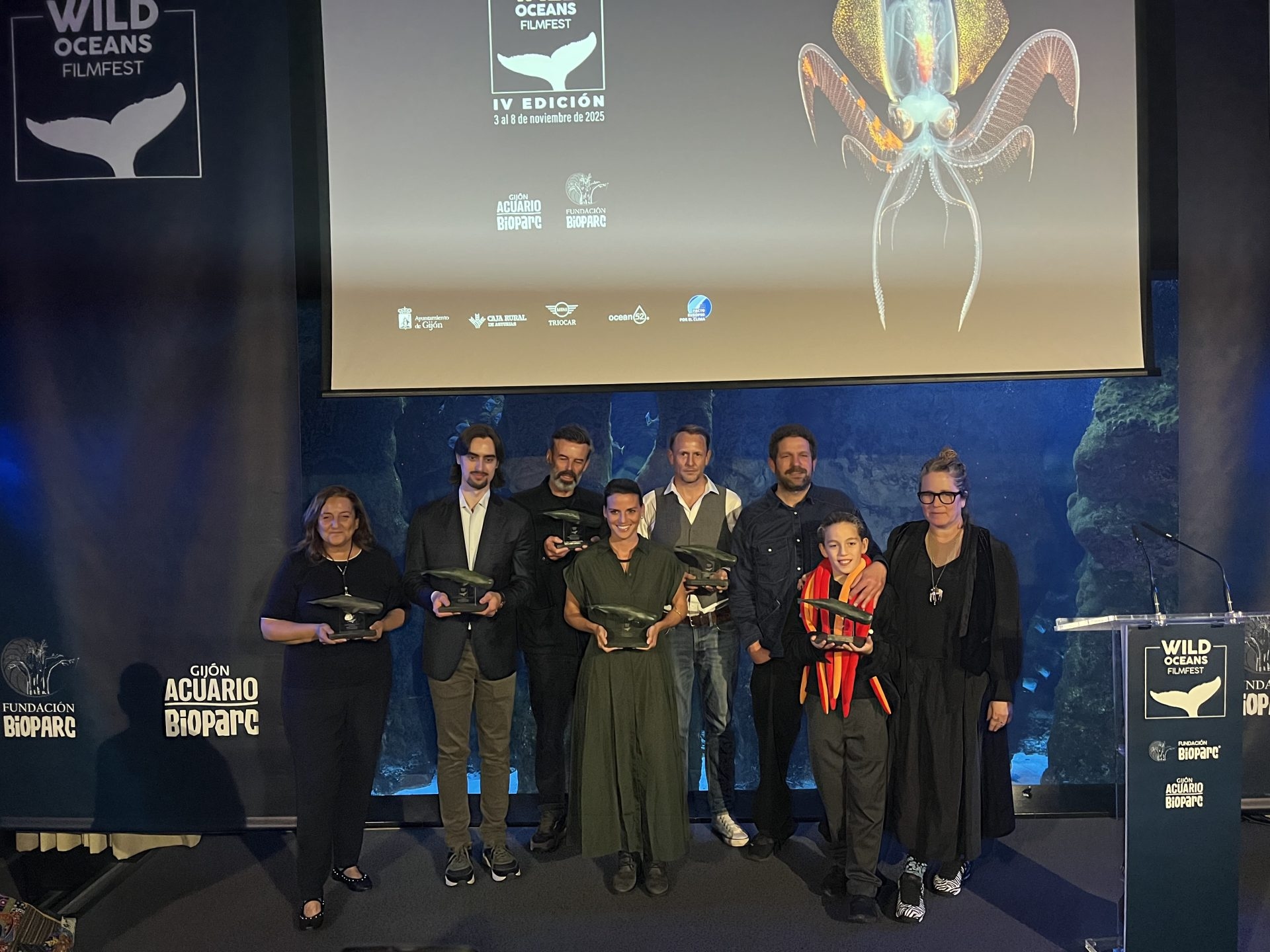Arturo Larena: “Emergency journalism is no longer of the future, it is of the present.”

Madrid, Nov 6 (EFEverde).- The director of EFEverde, Arturo Larena, stressed the need for greater journalistic specialization in the face of the increase in natural and technological disasters linked to the climate crisis, during the IV Seminar on Communication in Emergencies organized by the General Directorate of Civil Protection, the Madrid Press Association (APM) and EFEescuela.
Increasingly frequent and virulent emergenciesLarena noted that “we live in one of the regions most affected by the climate crisis,” where environmental emergencies “are going to increase” and catastrophes “are becoming more frequent and virulent.”
According to UN data, climate-related disasters now account for 90% of emergencies recorded worldwide, affecting more than 200 million people each year.
Journalism as a public service“Emergency journalism is no longer of the future, it is of the present,” said Larena, who defended the role of the media as an essential part of the crisis response system.
“In the first few minutes, the media acts as a bridge between the public, science, and the authorities. Information becomes a public service: it saves lives, provides guidance, and prevents information chaos,” he emphasized.
Verify, translate and avoid 'information overload'The director of EFEverde warned about the spread of hoaxes and disinformation during emergencies:
“Fake news spreads faster than fire. We need journalists who can verify, contextualize, and translate technical complexity into everyday language.”
He also stressed the importance of combining speed with accuracy and avoiding both sensationalism and the trivialization of technical terms—such as "DANA," "explosive cyclogenesis," or "sixth-generation fires"—which must be clearly explained to the public.
Informing is also protectingLarena recalled that Law 17/2015 of the National Civil Protection System obliges the media to collaborate with the authorities in the dissemination of preventive and operational messages.
“Informing is also protecting,” he summarized, arguing that communication, science and citizens “must work together.”
Culture of prevention and collective resilienceThe journalist concluded by calling for a strengthening of continuing education in areas such as meteorology, climate change, and risk management.
“The journalist does not just report the disaster: he helps to build collective resilience and a true culture of prevention,” he said.
efeverde





